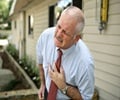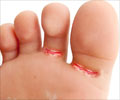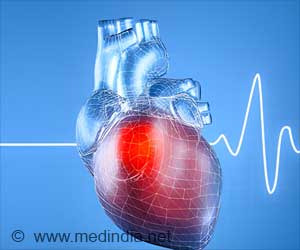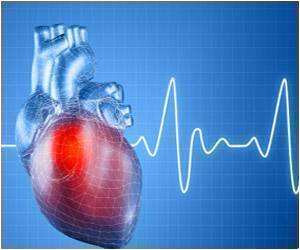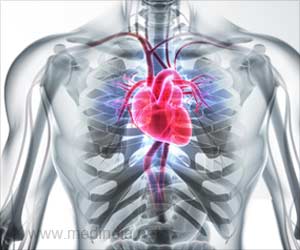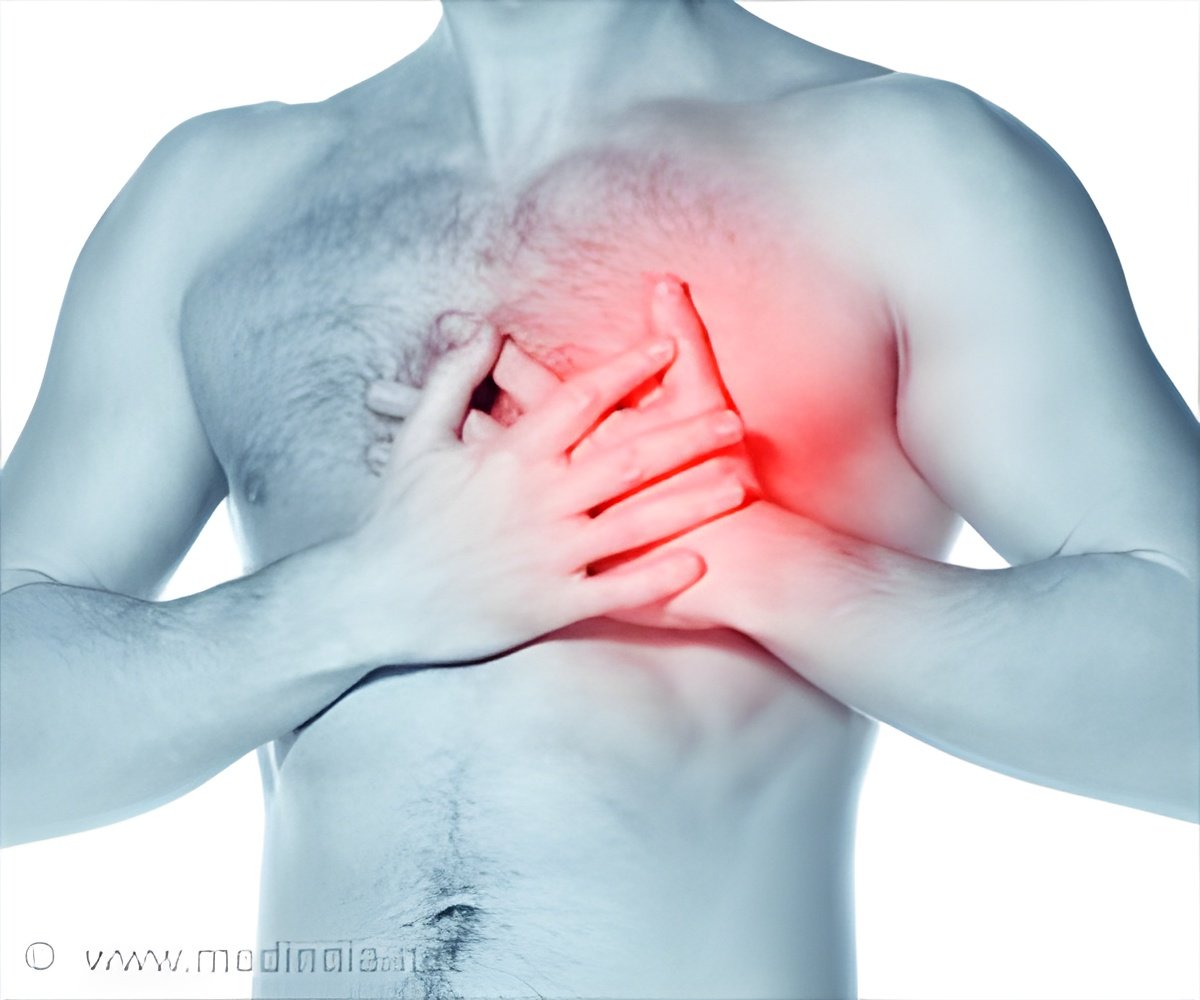
The investigators induced heart injury in mice through transverse aortic constriction (TAC). A control group of mice underwent a surgical procedure without the aortic constriction, for comparison. They evaluated acute cardiac modeling events beginning two days after surgery, including changes in hypertrophy, collagen deposition, capillary density, and cell populations.
Within 48 hours after injury, the left ventricular free wall and septum were significantly enlarged, with an increase in heart weight and relative wall thickness compared to controls. In addition to this hypertrophy, a significant decrease in capillary density was observed two days after TAC. Increased levels of pericytes, which are connective tissue cells in small blood vessels, were associated with the reduction in capillary density, supporting earlier research that suggested a role for pericytes in stabilizing vessels and minimizing vascular remodeling. "The participation of pericytes could mark the period where degradation transitions to new capillary formation and re-vascularization," says Dr. Baudino.
Investigators observed increased fibroblasts and collagen seven days following TAC, contributing to the increased heart weight between two and seven days after injury. "We found that these changes take place concurrently with vascular re-growth," says Dr. Baudino. "It is possible that while the expanding fibroblast population is depositing excess extracellular material, a process that stiffens the heart, it also simultaneously stimulates capillary growth, to deliver more oxygen and nutrients to the expanding myocardium. Given this implication, regulation of fibroblasts may offer an advantageous route of therapy."
Dr. Baudino notes that the human response to pressure overload such as hypertension is more gradual than in the TAC mouse model and may vary with respect to the specific timing of remodeling. "Future studies should examine the remodeling events in a clinical setting. However, our results provide a basis for investigating how these events are coordinated during remodeling and the importance of possible intervention before pathological remodeling appears," he concludes.
Advertisement


